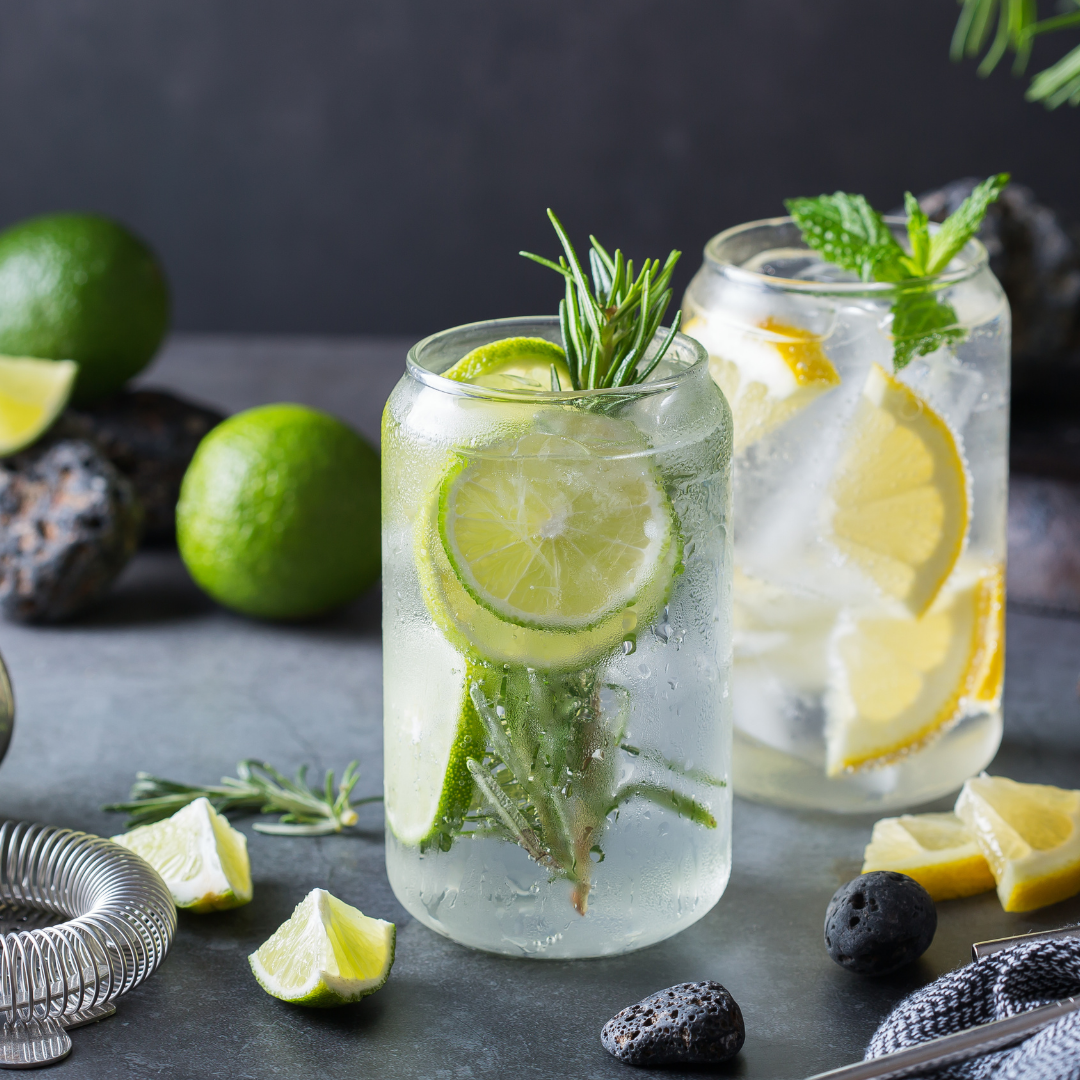What is a ready to drink product?
A ready to drink product is a drink packaged in a prepared form for immediate consumption. Ready to drink (RTD) products can be both alcoholic and non-alcoholic. There is a growing trend in alcoholic RTD products with a new generation of drinkers. RTD drinks can be packaged in an aluminium can, glass bottle, aluminium bottle or even kegs.
Where did the resurgence of ready to drink products come from?
The new millennial generation of drinkers have ignited the resurgence of ready to drink products. They enjoy trying the latest trends and unique flavour profiles. This is pushing manufacturers and brands to continue to innovate to keep up with ever changing consumer trends.
What beverages are made to be a ready-to-drink product?
Popular RTD drinks include Vodka & Soda, Gin & Tonic, Gin & Soda as well as a range of pre-mixed cocktails. Anything that can be pre-made and is packaged in a convenient format for ease of consumption is likely to succeed as an RTD product. There is also a range of wine spritzers and seltzers currently on the market with a growing focus on ‘better for you’ products.
How are ready to drink products packaged?
The dominant form of packaging for ready to drink products is aluminium cans. These come in a variety of varying shapes and sizes - including squat or slimline cans, 200ml, 250ml, 330ml and 375ml. These cans can be printed with the branding of the ready to drink product, or have a label attached once the can has been filled. Some companies also package their ready to drink products in glass or aluminium bottles. Recently, there has been an increase in ready to drink products being packaged in kegs, which are utilised in bars and pubs.
Idyll has an incredible team of beverage specialists who can create a ready to drink product to satisfy your product concepts. Idyll also operates a manufacturing facility which has capabilities to can, bottle or keg your ready to drink product.
Also read: Why ready to drink products are the future, and Kegging v Bottling v Canning - Which is better for getting product to market
Also read: Why ready to drink products are the future
